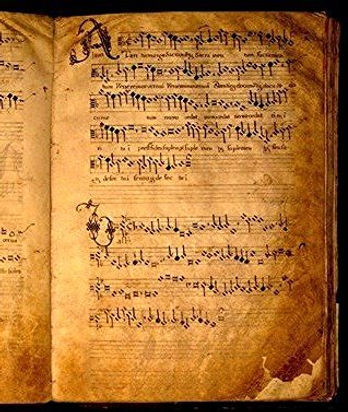

-The Renaissance Project-
THEA MELODIAS
Renaissance Music
The mass, the musical setting of the Roman Catholic liturgy, was the most important form of sacred music during the Renaissance. French composer Josquin des prez and Italian composer Giovanni da palestrina were two noted composers of masses.
The motet became an important form of sacred vocal music in the Renaissance. It had a Latin text and was usually written for unccompanied chorus. Another sacred vocal form was the chorale, developed in Germany in the 1500's following the protestant Reformation. A four part setting of hymn tune, the chorale is used in Lutherian service. the anthem was used in services of the Church of England and had an English text. Some anthems are composed for choire alone, while others add soloists and organ accompaniment. (Today, patriotic songs are often called anthems.)
New secular forms for voice also arose. The canon is a form in which an initial theme is imitated by a second voice at regular intervals. the catch is a canon for three or more voices. The madrigal, a song for several voices, flourished in Italy and England. Its music often closely reflects the meaning of its words. The chanson is the French counterpart of the madrigal. Many chansons were light and simple. In those by composer Clement Janequin, singers imitate natural sounds such as birdcalls and the sounds of battles. Another popular vocal form in England was the ayre. The ayre was a song for solo voice with lute or viol accompaniment. Some of these songs were very serious and emotional. John Dowland (1562-1626) wrote a great many of this type. Other ayres were light and gay, such as Morley's "It Was a Lover and His Lass."
In England at this time, instrumental music as well as vocal music was very popular. Some of the best composers of keyboard musi were William Byrd (1543-1623), John Bull (1583-1625). Byrd was particularly famous in his own day. A contemporary, Father William Weston, reffered to him as "the most celebrated musician and organist of the English nation." Although he was a loyal catholic and wrote great music for the Roman Catholic Church, he also held important positions in the Church of England a very unusual state of affairs. Of his lighter music for the virginal (a small rectangular instrument belonging to the harpsichord family), the pavanes and galliards are especially charming. ( The pavane was a slow dance. The galliard, which was usually followed it, was a faster dance that used the same theme in a different meter.)
